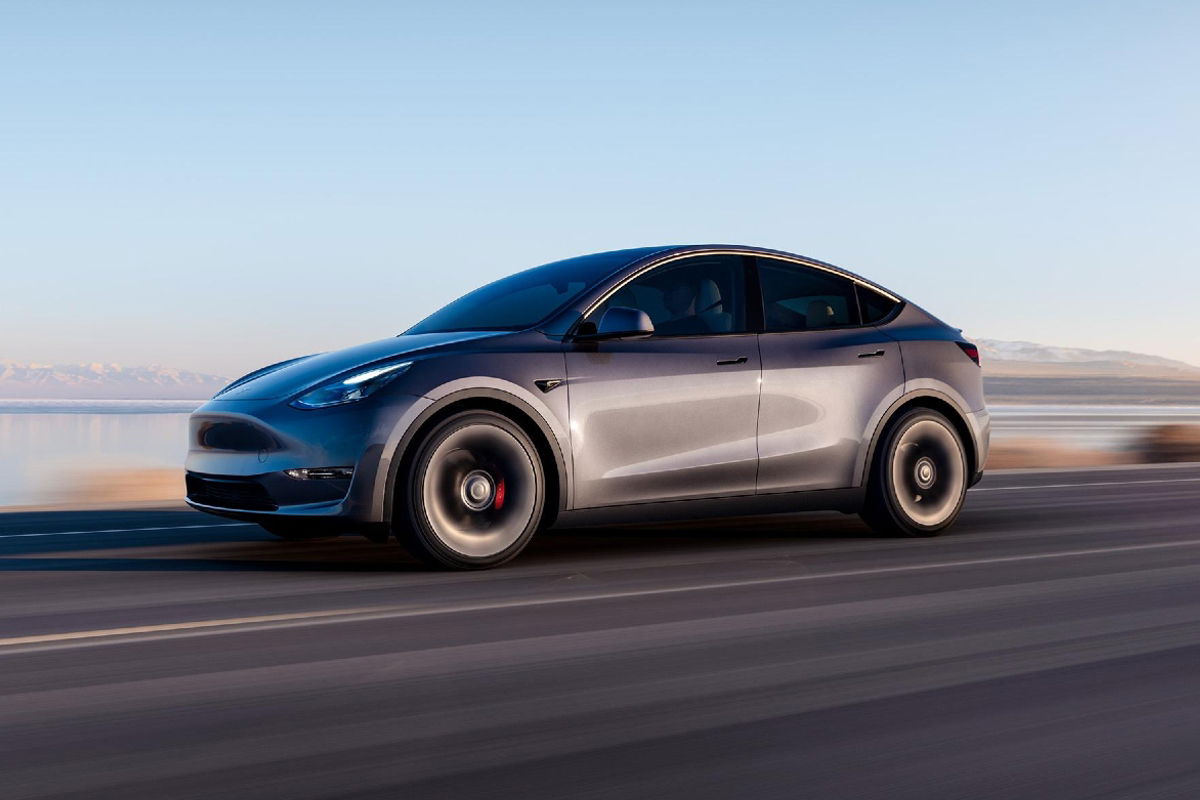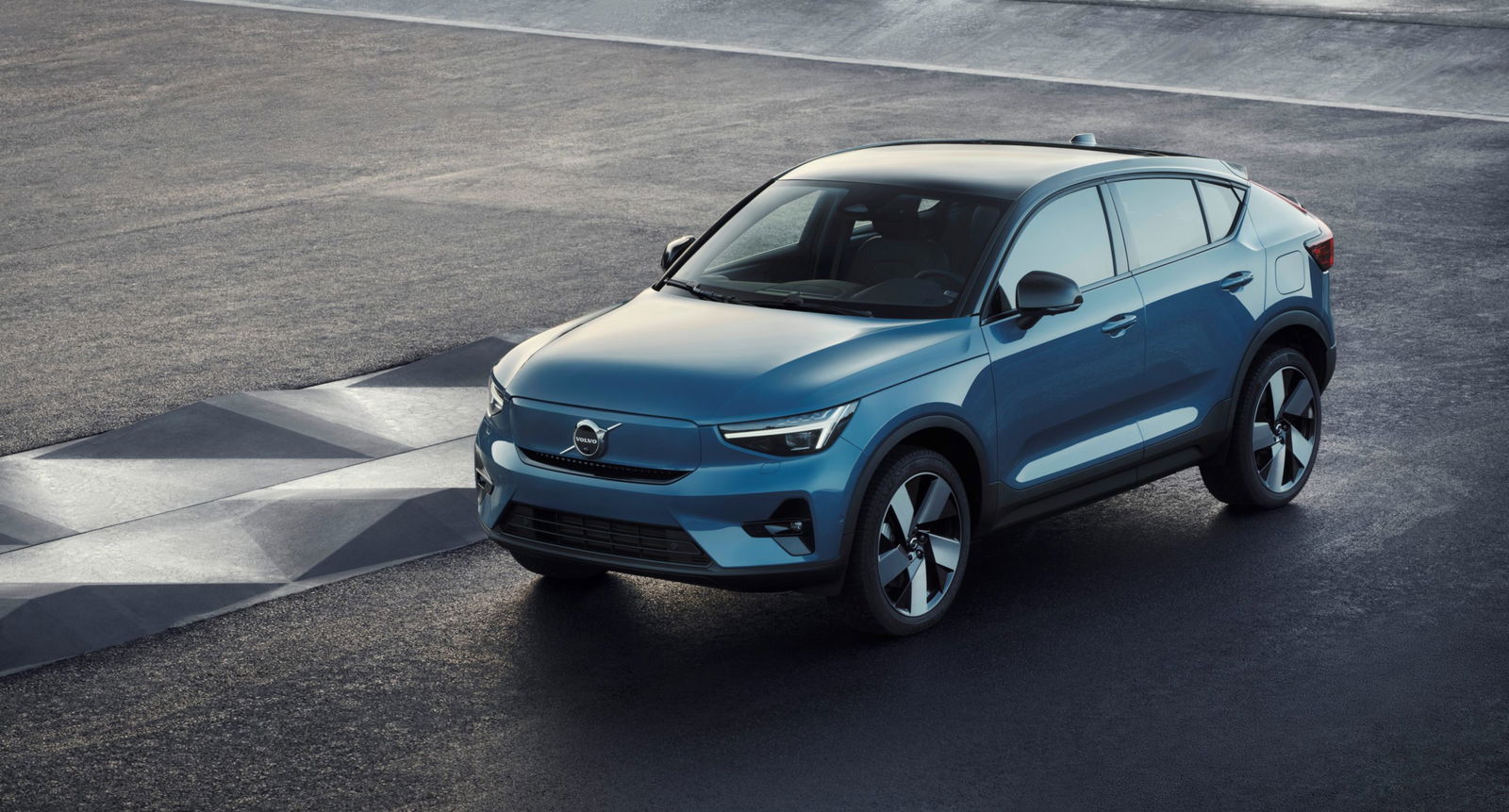
Let me preface this column by making it clear that I love electric cars. Ok, certainly not all of them but some, and I’ve owned one for almost three years now. I’ve also driven a pretty wide selection of electric models over the last decade.
However, there’s one matter that I believe is seriously understated to the average consumer, especially those who are making their first EV purchase.
And that is range variance.
It is also becoming one of the impediments to the more widespread adoption of EVs, and this is likely to increase with experience and without solutions. Not range per se, but range variance according to conditions. In particular, the practical range of many electrics models in winter conditions.
Here in Brisbane, we’re fortunate to have very little in the way of winter weather. We moan when overnight temperatures plummet to 8 degrees and daytime temps normally get to at least 20. But in the southern part of Australia, and definitely inland from the immediate coastal belt even here in Queensland, temperatures do regularly head south of zero. And that’s when the issues start. Winter also means shorter days with more lights on driving.
My experiences with my electric Mini in Brisbane show that I don’t have any noticeable seasonal range variation. In fact, a reduction in the use of air-con in the winter months gives me a slightly better range.
But for those living in colder conditions, the reality is that the combination of stone cold batteries on a zero degree morning, plus use of headlights, heater, heated screen and heated seats can collectively lead to pretty drastic range reductions.
Most folk already know that real world electric vehicle ranges don’t relate to the published figures. Discount them by 10-20% depending upon manufacturer and you’ve probably got a realistic starting point for everyday use. However, cold weather range can then knock as much as a third off that figure again. So, a published 400km range, which may in reality be 320km for the average user, can sink to under 250km in the winter months.
Now, talking to real life end users last northern winter in the UK, I believe that it’s valid to say that the Tesla 3/Y models suffer much less than other cars from this cold weather issue. That is, presumably, a result of their oft acknowledged technical lead in the EV battery/drive train field.
In fact, the worst anecdotal example I’ve come across is the latest London Taxi. This is an outstanding vehicle to ride in compared with its predecessor. Comfortable, roomy and with an excellent view. It’s powered by an electric motor with a range extender for when the battery gets low.
Two independent cabbies in London told me last Christmas (when London was cold enough for snow) that the average electric range in the summer months was around 70 miles or, approx 110km. However, in the depths of that cold snap in the winter, that range plummeted to around 30 miles or about 50km. One of them was adamant we couldn’t have the heater on one evening!
The technology underneath the London Taxi is from Geely in China, the same company that owns Volvo by the way. Hopefully the Volvos perform better than the Taxis.

The point is that some folk are going to learn the hard way about range variance in their particular circumstances. For me, like many other early adopters, range isn’t a massive issue as I’ve got other vehicle options available to me. But the average motorist probably has one car, and that car needs to be able to cater to the worst case situation that the owner is likely to face in their motoring year.
Whilst electric vehicles sales are currently booming in Australia, from a low base admittedly, in some other countries we are starting to see stagnating sales that have only been invigorated by aggressive price reductions, on the part of Tesla in particular. In the UK and the USA, for example, discounts and cheap (therefore subsidised) finance packages are being offered to move some models that apparently had multiyear waiting lists only a few months ago.
That would indicate that the wholesale adoption of EVs by the mass market is still some way off. The needs of that broader market have to be addressed so that more than just the early, often wealthier, adopters become buyers.
That not only means far more widespread charging facilities, especially for those who cannot charge at home, but also much less seasonal variance in range for many models. The average consumer simply will not, in my opinion, accept big swings in the practical range of their vehicle due only to the time of year.
Maybe Southeast coastal Queensland, with its climate, will become the mainstay of EV sales in Australia for a while!











Discussion about this post